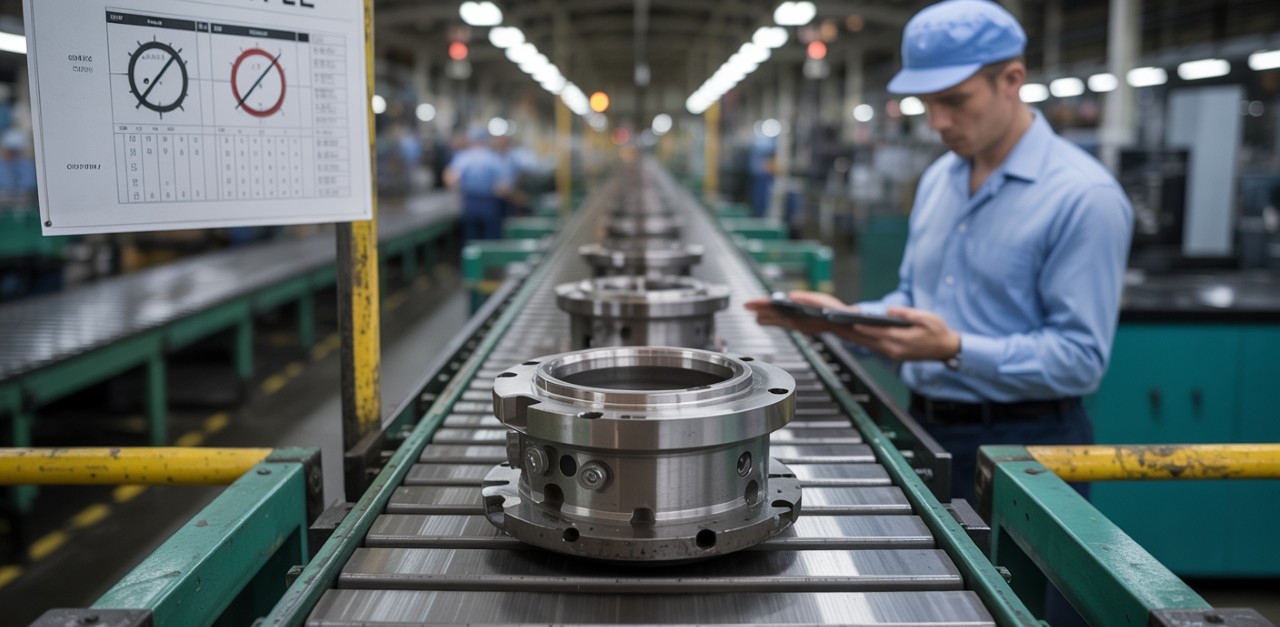
Are you a manufacturing company? Wondering whether you’re making any common mistakes? If so, this is the article for you. Running a manufacturing company means balancing non-stop production demands with tight budgets, complex supply chains, and rising sustainability targets.
When every minute of downtime and every percentage of waste affects your bottom line, the smallest oversight can have outsized costs. In this article, you’ll learn about the most common mistakes we see, and best practice advice on how best to avoid them. By the end, you’ll be able to implement these industry best practices to keep your plant running like a well-oiled machine.
1. Running assets to failure instead of planning maintenance
In busy factories, it’s tempting to keep machines running flat-out and push maintenance to “later.” But the costs of unplanned downtime add up fast. When a key machine breaks unexpectedly, you’re stuck with idle workers, late orders, and unhappy clients. Emergency repairs cost far more than routine checks—and equipment that’s run hard without care wears out sooner.
Here’s how to fix it:
- Invest in condition monitoring: Use IoT sensors and maintenance software to watch equipment health in real time—so you can plan downtime before a failure shuts you down.
- Stick to preventive schedules: Build planned maintenance windows into production calendars and enforce them, even when output is tight.
- Train operators: Teach frontline workers to spot unusual noises, temperature changes, or early signs of failure—and empower them to speak up.
When you protect your machines, you protect your production targets and avoid expensive last-minute surprises.
2. Letting inventory control slip
Without tight inventory oversight, you risk costly overstocks, spoilage, or missed orders. A single inaccurate stock level can throw off production runs or delay shipments to clients. When supply chains are stretched, one hiccup can ripple across your whole operation.
Here’s how to fix it:
- Use smart inventory tools: Implement barcoding or ERP systems to track raw materials, work-in-progress, and finished goods in real time.
- Collaborate with suppliers: Share forecasts and plan ahead with your vendors to reduce lead time surprises and lock in priority supply when you need it most.
- Regular cycle counts: Run routine checks to catch discrepancies early, so surprises don’t hit at the worst time.
Better inventory management keeps production flowing and costs controlled—especially when markets are volatile.
3. Forgetting about your people
Technology keeps factories competitive—but it’s people who run the lines, troubleshoot problems, and deliver quality. If you don’t invest in training, engagement, and clear communication, your factory risks avoidable errors, slow change adoption, and high staff turnover.
Here’s how to fix it:
- Build a culture of improvement: Invite shop-floor workers to suggest tweaks that improve safety, cut waste, or boost output—and celebrate wins big and small.
- Offer clear development paths: Provide upskilling and cross-training so staff grow their skills and stay invested in your business.
- Make performance visible: Share production stats, downtime figures, or scrap rates in clear dashboards—so every team understands how their work affects the bigger picture.
When you engage your workforce, you unlock ideas, build loyalty, and raise your standards year after year.
Avoiding these common mistakes—reactive breakdowns, sloppy stock control, and a disengaged workforce—helps manufacturing companies run leaner, deliver on time, and stay competitive in a tough market.
What’s your approach to solving these common problems? Let’s talk
